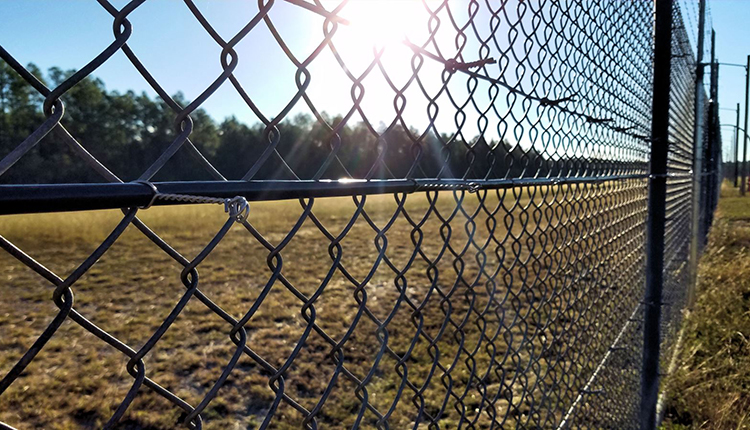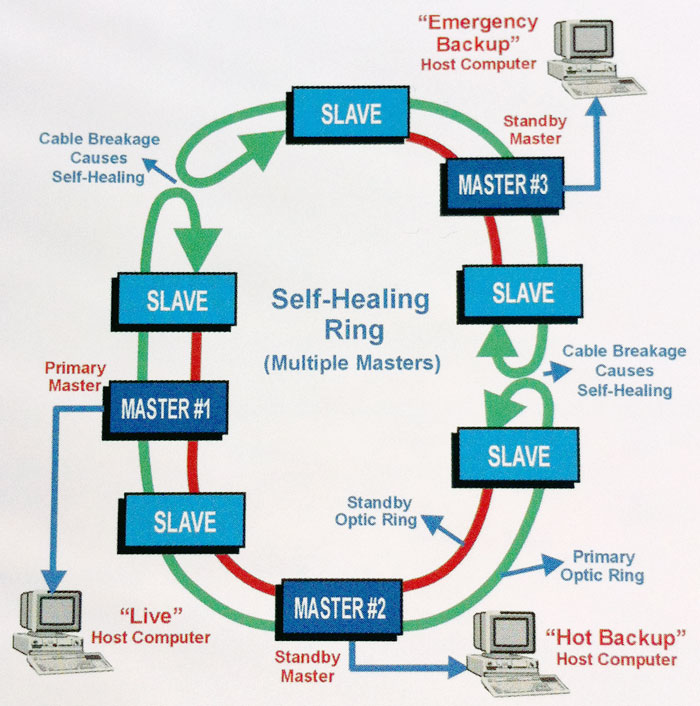The Process of Installing a Fiber Optics Infrastructure for Security Installations in Your Building
The Process of Installing a Fiber Optics Infrastructure for Security Installations in Your Building
Blog Article
Why Fiber Optic Security Equipments Are the Future of Protection
The shift to fiber optic protection systems marks a substantial innovation in the world of protection, driven by their exceptional information transmission capacities and durability to external interferences. These systems not only promote faster and more trusted interaction yet additionally offer a cost-effective service with reduced upkeep needs. As the landscape of protection advances together with arising technologies such as AI and IoT, the possibility for optical fiber to enhance and redefine protection frameworks becomes progressively evident. Nevertheless, the ramifications of these improvements elevate important inquiries concerning the future of safety and security measures and their efficiency in an ever-changing setting.
Advantages of Fiber Optic Solutions
One of the primary benefits of fiber optic systems is their premium data transfer capacity, which helps with the transmission of huge volumes of information over lengthy ranges without significant loss. This particular is especially useful for safety applications that require the continuous monitoring and transfer of high-definition video feeds, sensing unit data, and other crucial details. Optical fiber can accommodate the growing needs of contemporary safety systems, making certain that information stays undamaged and reputable.
In addition, fiber optic cables are less susceptible to electro-magnetic disturbance, which can be a substantial problem in settings with numerous digital tools. This resistance improves the honesty of the data being transferred, consequently minimizing the threat of data breaches or system failures. Furthermore, fiber optic systems are inherently more safe and secure than typical copper wires, as using a fiber optic line without detection is exceptionally tough.
The resilience of fiber optic cable televisions also adds to their allure. They are resistant to ecological factors such as dampness and temperature level changes, reducing maintenance expenses and enhancing system durability. Generally, these benefits position fiber optic systems as a durable and reliable choice for modern security facilities, making sure trustworthy and safe information transmission.
Improved Data Transmission Speed

The ability to transfer substantial quantities of information swiftly helps with the seamless integration of high-definition video feeds and progressed analytics. Safety systems can now refine and evaluate details in real-time, enhancing action times and situational understanding. In addition, fiber optic connections support longer transmission distances without degradation of signal high quality, making them excellent for large safety and security networks.
The enhanced rate of fiber optic systems not only enhances the performance of safety and security operations however additionally lowers latency. This is particularly important in essential circumstances where timely decision-making can stop safety breaches or mitigate possible risks. As organizations remain to prioritize safety and security and performance, the demand for fast and trusted data transmission will most certainly solidify fiber optic systems as a cornerstone of modern security framework.
Resistance to Disturbance
Fiber optic security systems constantly demonstrate exceptional resistance to electromagnetic interference, a crucial advantage in atmospheres susceptible to electronic noise. Unlike traditional copper cables, which can be adversely impacted by magnetic fields, superhigh frequency disturbance, and other forms of electric disturbance, fiber optic cables make use of light to transfer information. This fundamental building makes certain that the signals continue to be clear and unchanged, no matter of bordering electronic task.
Making use of glass or plastic fibers in fiber optic innovation produces an obstacle against disturbance, enabling trusted data transmission even in challenging situations such as industrial facilities, city locations with high electronic traffic, or locations near radio towers. This characteristic significantly decreases the likelihood of signal degradation or loss, making fiber optic systems particularly suitable for protection applications where integrity and accuracy of information are vital.
Furthermore, this resistance to disturbance enhances the total performance and integrity of protection systems, ensuring that tracking and alert systems work seamlessly. In a world where safety and security is increasingly endangered by sophisticated innovations, the strength of fiber optic systems attracts attention as a pivotal feature, strengthening their condition as an essential component of modern protection infrastructure.
Cost-Effectiveness Gradually
Substantial expense financial savings can be accomplished with time with the implementation of fiber optic security systems. While the preliminary financial investment may appear higher contrasted to traditional copper-based systems, the lasting financial advantages end up being noticeable with lowered operational and upkeep costs (fiber security). Fiber optic cords are inherently much more long lasting and dig this less susceptible to environmental aspects, which converts to reduce replacement and fixing costs over their lifespan
Furthermore, fiber optic systems require much less power my sources to run, which better lowers energy costs. Improved information transmission abilities permit less repeaters and amplifiers, reducing equipment investment and improving installation processes. The scalability of these systems also adds to cost-effectiveness, as companies can expand their security framework without sustaining significant additional expenses.
An additional factor to consider is the raised effectiveness in tracking and feedback capabilities that fiber optics give. Enhanced real-time data transmission can bring about quicker incident reaction times, possibly mitigating losses and responsibilities associated with safety and security violations. Altogether, the lasting benefits of fiber optic security systems not only validate the preliminary expense yet also position them as a financially prudent option for companies looking for durable defense options.

Future Developments in Protection
Advancing innovations are established to revolutionize safety and security systems, incorporating expert system (AI) and artificial intelligence to enhance risk discovery and feedback capabilities. These technologies will certainly enable safety systems to evaluate substantial amounts of data in real-time, identifying patterns and anomalies that suggest prospective hazards. This aggressive method will certainly enable faster decision-making and much more efficient event actions.
Furthermore, the unification of the Net of Points (IoT) is leading the way for interconnected protection tools, supplying thorough security and surveillance. Smart sensing units can pass on info regarding environmental modifications, while automated notifies can notify security personnel immediately of suspicious tasks.
Moreover, the advancement of biometric modern technologies will certainly even more reinforce security mechanisms. Face acknowledgment, fingerprint scanning, and retina identification are coming to be extra advanced, offering layers of authentication that are hard to bypass.
Final Thought
Finally, fiber optic safety and security systems stand for a substantial improvement in protection modern technology, using unequaled data click site transmission rate, resistance to electro-magnetic interference, and lasting cost-effectiveness. As the demand for sophisticated protection services proceeds to expand, the integration of optical fiber with emerging modern technologies such as AI, IoT, and biometrics will better improve security facilities (fiber security). The combination of these technologies will make certain a much more safe and secure and receptive atmosphere, strengthening fiber optics as a keystone of future safety systems
Report this page